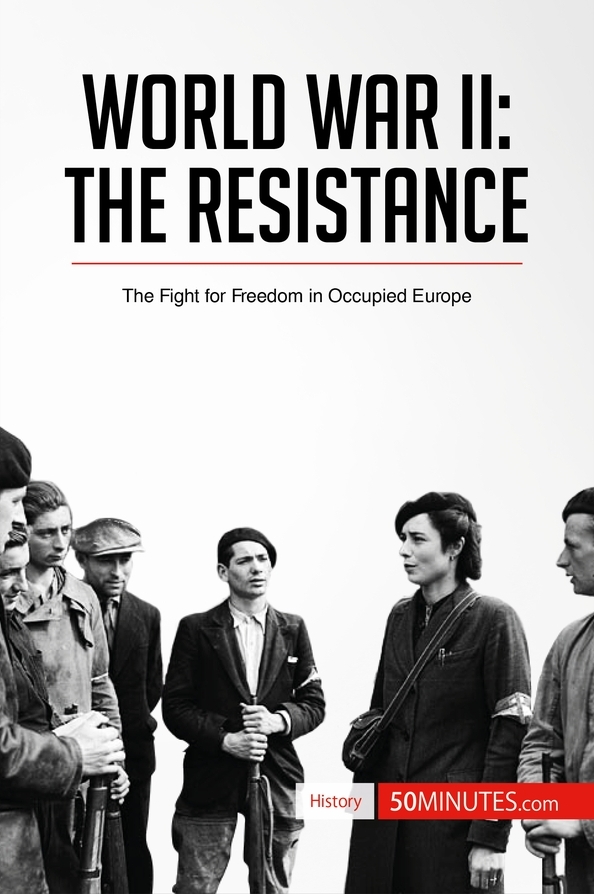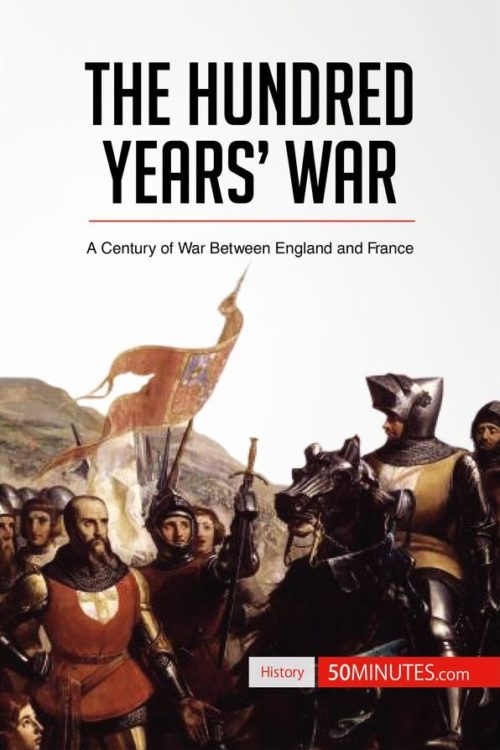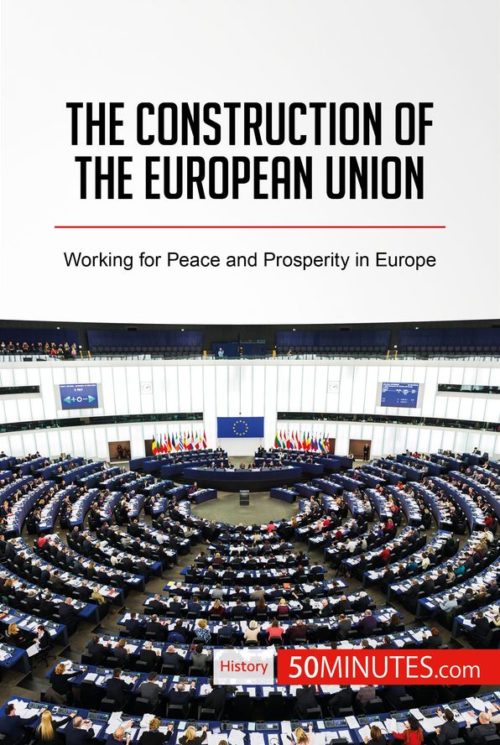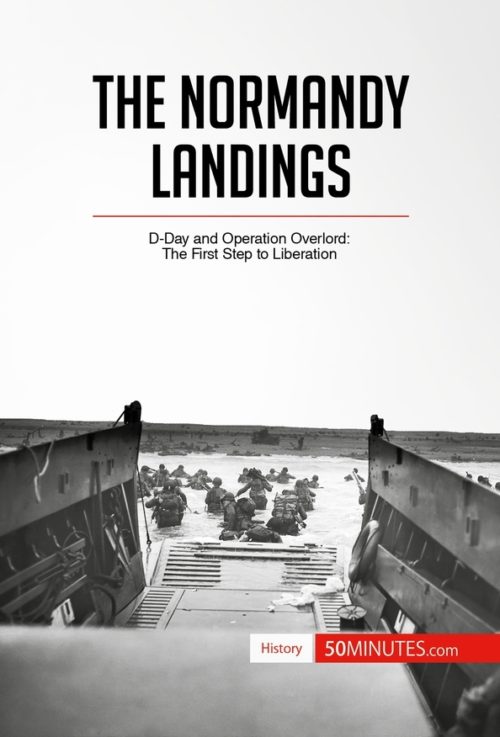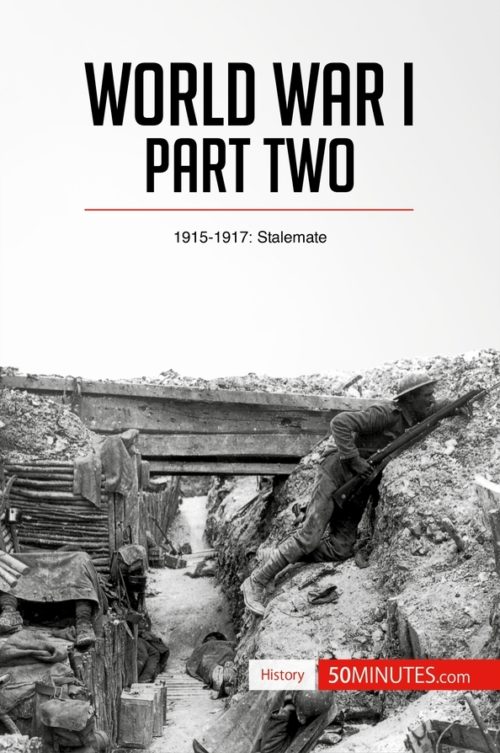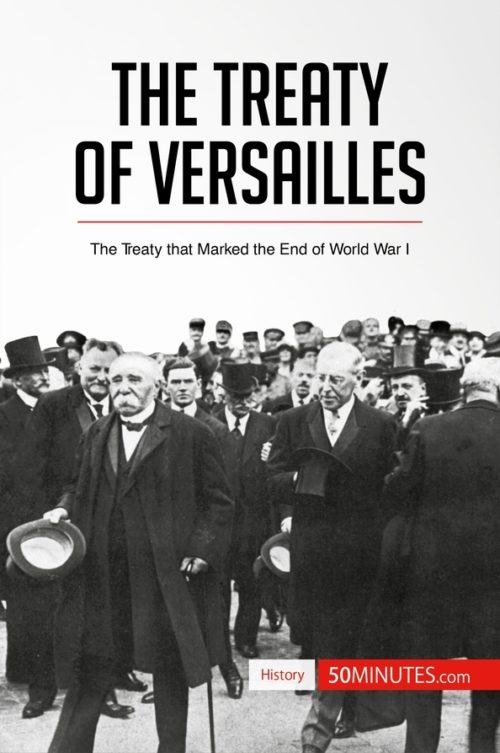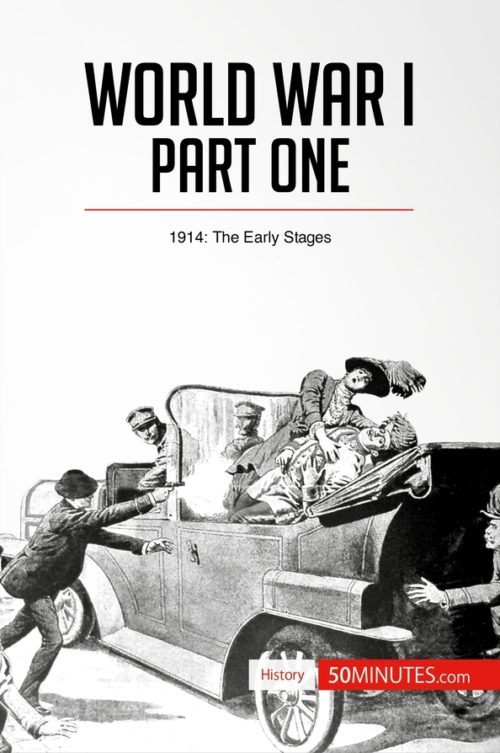World War II: The Resistance
World War II: The Resistance
$4.99
Read more
The Resistance was a massive movement which swept across much of Nazi-occupied Europe in an effort to drive out the invading German forces. It was a clandestine effort which aimed to fight against the occupiers in any way, through civilian resistance, humanitarian resistance and armed resistance. It is therefore difficult to actually define the movement, because this “resistance” took many forms across many European countries. In just 50 minutes, you will find out how the actions of Resistance fighters influenced Allied efforts during the Second World War and understand the impact they had on life in the occupied countries.
This straightforward and informative book provides a thorough discussion of the various attempts to resist Nazi occupation and sabotage the German war effort in the period between 1940 and 1945. It also features a full description of the key figures of the Resistance, including Charles de Gaulle, a valuable introduction to the context and an evaluation of the impact of Resistance fighters, giving you all the essential information about the true role played by courageous citizens across Europe.
About the Resistance
The Resistance was a Europe-wide movement which aimed to fight against the Germans and sabotage their war efforts. Resistance fighters were taking a great risk for the sake of the war effort and their country, as anyone caught in the act faced harsh punishment. They also lived with the constant fear of being discovered and arrested. However, while many civilians took up the struggle against the Nazis during this time, they were also many who did not. Known as collaborators, these people actively helped the Nazis; the Vichy government is probably the best example, as it hoped to improve France’s standing in German-occupied Europe by doing what it could to help the Nazis.
This clear and accessible 48-page book is structured as follows:
- Introduction to the Resistance during the Second World War
- Context
- The start of the Second World War
- The early stages of the Resistance
- Europe under German occupation
- Some key figures of the Resistance
- France
- Poland
- Germany
- Highlights
- The different forms of resistance
- The Resistance in Poland
- The Resistance in France
- The Resistance in Germany
- The question of collaboration
- The suppression of the Resistance
- Harsh punishment
- Tragic losses for mixed results
- Summary
Product details
| ISBN | 9782806289872 |
|---|---|
| Publisher | Plurilingua Publishing |
| Series | 50MINUTES.COM – History |
| Format | |
| Pages | 48 |
| File size | 6.6 MB |
